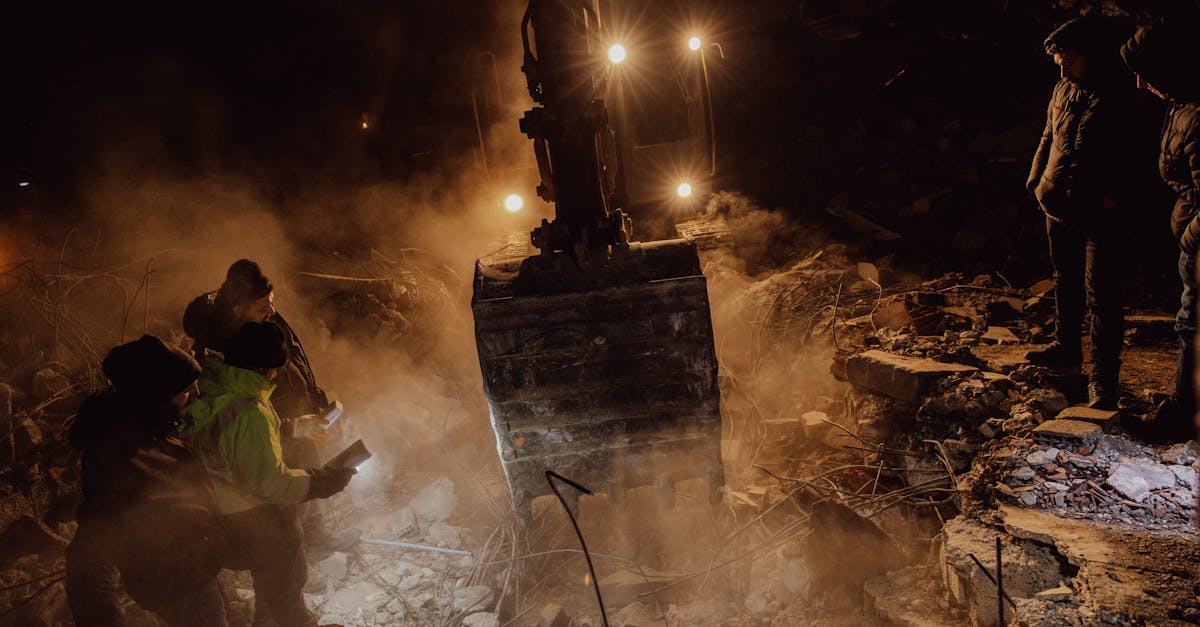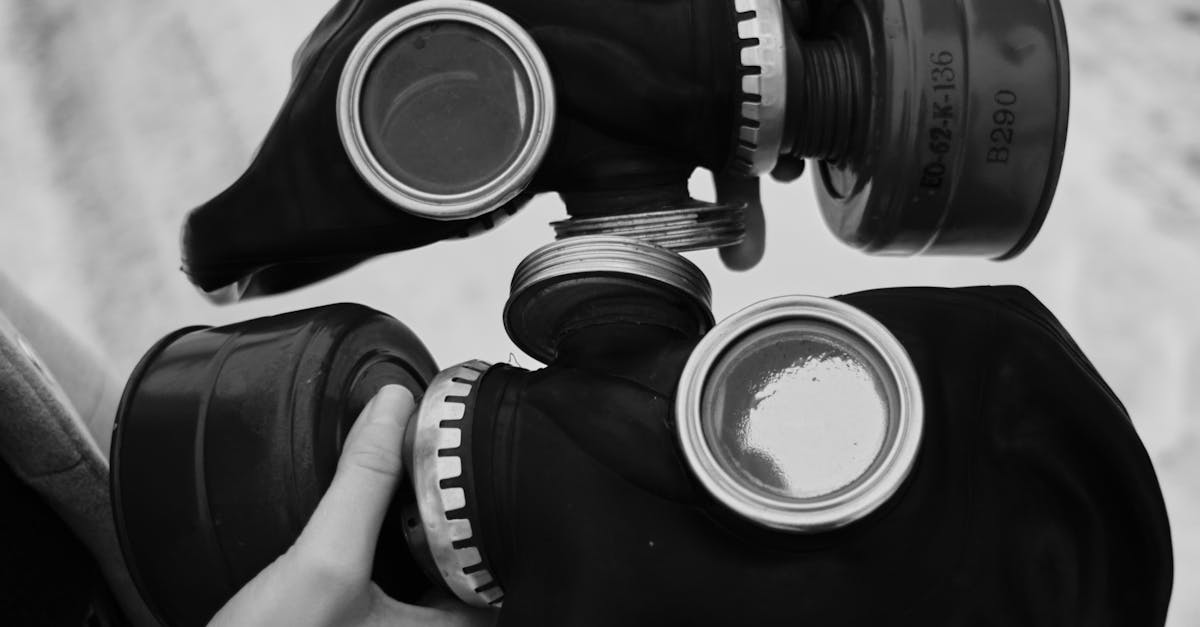
Table Of Contents
DIY vs. Professional Repairs
Many homeowners consider tackling toilet repairs themselves, especially for minor fixes such as replacing washers or unclogging a drain. Common tools like plungers and adjustable wrenches often suffice for these straightforward tasks. Resources such as online tutorials and repair guides can empower DIY enthusiasts to save money and gain a sense of accomplishment. However, having the right tools and understanding the toilet’s mechanism is essential to avoid unintended damage.
Professional repairs might be necessary for more complex issues, such as leaks in the tank or problems with the flushing mechanism. Plumbers have the expertise and experience to accurately diagnose the problem and implement effective solutions. While this option may come with a higher initial cost, it can prevent further damage and ultimately save money in the long run. For those unsure about their skills or facing persistent issues, contacting a professional can provide peace of mind.
When to Call a Plumber
Identifying when to call a plumber for toilet repairs can save time and prevent further issues. If you notice persistent leaks, strange noises, or frequent clogs that don't resolve with DIY methods, it's a good indication that professional help is needed. An experienced plumber can diagnose the problem effectively and provide solutions that go beyond the typical fixes.
Additionally, if your toilet is older and requires multiple repairs, a plumber can assess its overall condition. Issues like ineffective flushing or constant running may suggest deeper problems that need expert attention. Trying to handle complex repairs without the necessary skills may lead to more significant damage, resulting in higher costs down the line.
Maintenance Tips for Older Toilets
Regular maintenance can significantly extend the lifespan of older toilets. Begin with a routine inspection for leaks or cracks that may lead to water waste. Frequent checks of the flapper valve and fill valve are essential to ensure they are functioning properly. Replacing worn parts promptly can prevent larger issues down the line. Cleaning the toilet bowl with appropriate cleaners helps eliminate bacteria and mineral buildup that might affect performance.
Keeping the toilet's flush mechanism in good working order is vital for efficient operation. If the toilet struggles to flush or runs continuously, adjustments may be necessary. Simple tasks like tightening connections and recalibrating the chain can resolve minor issues. By taking these measures, homeowners can lower the likelihood of costly toilet repairs while maximizing water efficiency in their bathrooms.
Best Practices to Extend Longevity
Regular maintenance is crucial for extending the life of an older toilet. Inspecting components such as the flapper, fill valve, and tank connections can help identify potential issues before they escalate. Simple tasks like tightening loose bolts and checking for leaks can prevent costly toilet repairs down the line. Keeping the toilet clean and free from mineral buildup also aids in maintaining optimal function.
Routine inspections should be complemented by occasional cleaning of the flush mechanism and the toilet tank itself. Using non-corrosive cleaners ensures that important parts remain intact and functional. Adjusting the water level appropriately contributes to better flushing performance and minimizes wear on components. Following these best practices not only enhances efficiency but also offers peace of mind when it comes to potential toilet repairs.
Cost Considerations for Toilet Repairs
When considering toilet repairs, it's essential to evaluate the potential costs involved in both parts and labor. Older models may require specific replacement components that can sometimes be difficult to find, potentially leading to higher expenses. On the other hand, some repairs may involve labor-intensive tasks, such as removing the toilet or addressing plumbing issues behind the wall, which can further increase costs.
It's wise to gather estimates from multiple plumbers to understand the market rates for the services you require. Budgeting for unexpected issues is also a crucial part of the process, as hidden problems may emerge during repairs. Keeping a contingency fund can help you manage these additional expenses without straining your finances significantly during your toilet repairs journey.
Budgeting for Parts and Labor
Understanding the costs involved in toilet repairs is crucial for homeowners. Various factors influence pricing, including the severity of the issue, the specific parts needed, and whether you opt for DIY solutions or hire a professional. Basic repairs, such as replacing a flapper or fixing a flush valve, often require minimal investment in parts, typically ranging from $10 to $50. More extensive repairs, like tackling a broken tank or addressing persistent leaks, can increase costs significantly depending on labor rates in your region.
When budgeting for toilet repairs, consider the labor costs associated with hiring a plumber. Professionals may charge anywhere from $45 to $150 per hour, depending on their expertise and geographic location. It's essential to factor in both materials and labor to create an accurate financial plan. Setting aside additional funds for unexpected issues can save you stress down the line. Evaluating overall costs will help you prepare for current repairs and potentially future maintenance needs.
FAQS
Can an old toilet be repaired, or should I replace it?
Many old toilets can be repaired, depending on the specific issues they are facing. If the damage is minor and parts are available, a repair may be more cost-effective than a full replacement. However, if the toilet is significantly damaged or outdated, replacement might be the better option.
What are common issues with old toilets that can be repaired?
Common issues with old toilets include leaks, flushing problems, and worn-out parts like flappers and handles. These issues are often fixable with basic repairs or replacement parts.
How do I know if it's time to call a plumber for my old toilet?
You should consider calling a plumber if you notice persistent leaks, frequent clogs, or if the toilet fails to flush properly after attempting DIY repairs. A professional can assess the situation and provide the best solutions.
What maintenance tips can help extend the life of an older toilet?
Regular maintenance tips include checking for leaks, cleaning the toilet regularly, inspecting parts for wear and tear, and avoiding flushing non-biodegradable items. These practices can help keep your toilet in good working condition.
How much should I budget for repairs on an old toilet?
The cost of repairs can vary widely depending on the issue and whether you hire a professional or do it yourself. On average, you might spend anywhere from $50 to $300 for parts and labor, but it's best to get quotes for a more accurate estimate based on your specific situation.



















